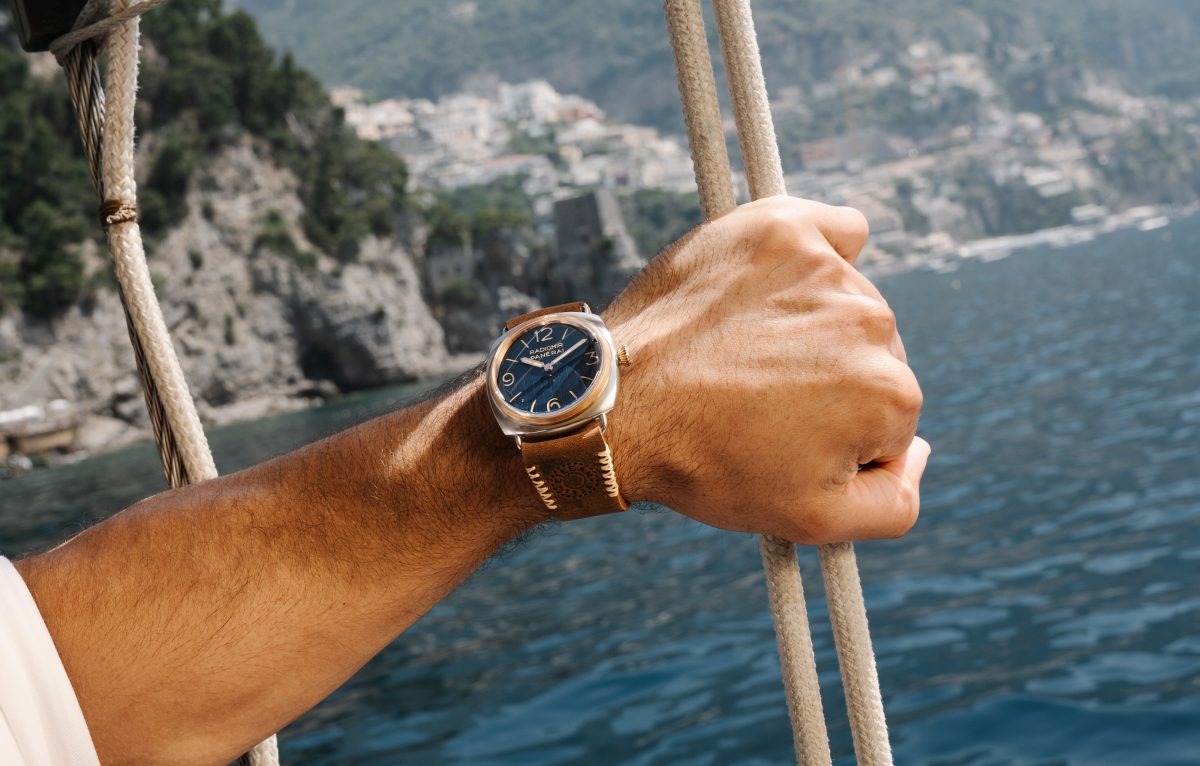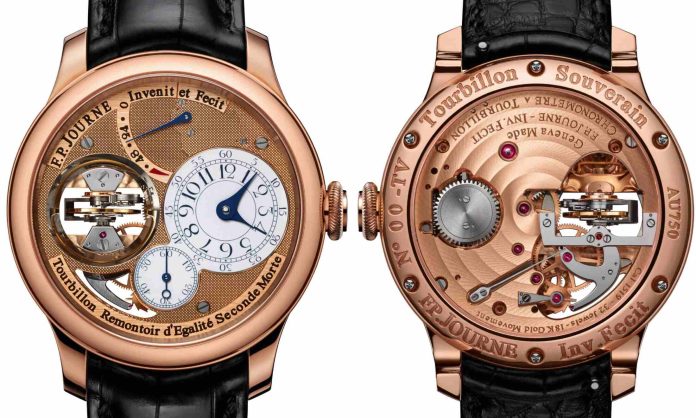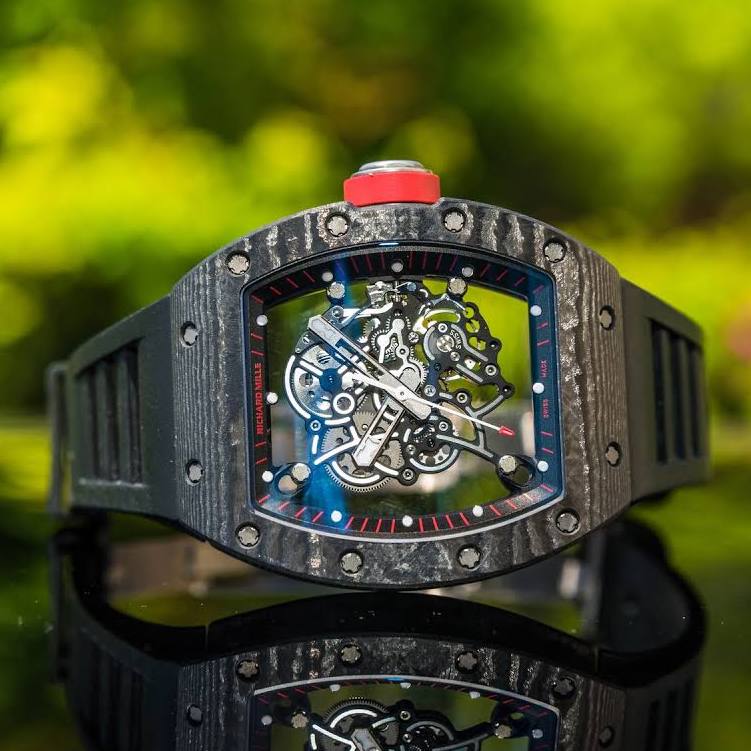By Stuart Wiengarten
According to Bain & Company’s 2022 Luxury Goods Worldwide Market Study, the global secondhand market for luxury goods grew to $30 billion in recent years, with watches and jewelry accounting for over 75% of all purchases.
The recently published Fondation de la Haute Horlogerie’s Watchmaking Trend Report predicts that pre-owned watch sales will equal or exceed the market for new watches in the near future. This is especially impressive given that the market for secondhand luxury watches is nascent and showed exponential growth due mostly to e-commerce online auctions and growing acceptance that horological instruments are collectible, portable, and are a worthy allocation in an investment portfolio that accounts for alternative assets.
According to Forbes, the top horology auction houses are:
- Christie’s: This famed auction house has been putting a lot of resources into their dedicated watch department over the last few years.
- Antiquorum: There is no better place if you are looking for a totally watch and clock dedicated auction house. Being so focused gives Antiquorum special expertise as well as the eyes of the world’s top watch collector’s.
- Sotheby’s: In the same vein as Christie’s, Sotheby’s is a well-known name in auctions of all types, but now has a dedicated watch department.
- Bonhams: Known for some charismatic auctioneers, Bonhams is another famed auction house whose expertise is in high-end items. Often known for automobile auctions, Bonhams has been putting a lot of time in its watch department as of late.
- Fellows: This UK-based auction house has a telling website name with one of their URLs being “watchauctions.co.uk.” That should tell you what they are trying to focus on. Instead of going directly head-to-head with the competitors, Fellows focuses on less expensive lots with final prices that are usually £10,000 and under. It is a great place for new collectors to build up a collection.
Online auctions have further streamlined the watch buying/selling model and have cut the overhead of conventional auction houses, such as the ones highlighted in the recent Forbes article. Trading in Passion, Inc. dba Klockchain (www.klockchain.com), is one such example of a highly innovative online auction model. Klockchain sold earlier in July to TF Klockchain, Inc. for an undisclosed amount.
The auction house business developed by Trading in Passion, Inc. makes secondary market watch trading efficient and safer than other conventional online models familiar to watch aficionados. Here are some examples:
Resale exchange companies like Bob’s Watches and Crown & Caliber buy watches directly from people looking to sell unwanted watches and then list them for sale on their websites for potential buyers to browse. They do offer authenticity protection with in-house watch inspections. However, these businesses require large operational teams, substantial inventory to pay for, and hefty advertising budgets. As a result, their margins have to be substantial to pay for high overhead so they can only pass on limited savings to the end consumer. They are also incentivized to always steer customers to their own inventory regardless of where the best deals exist. Gray Market players like JomaShop account for as much as 20% of luxury watch sales. They support authorized dealers by filling their inventory with slow-moving watch models purchased under the table at bulk discounts, which they can then sell at marginally lower prices to collectors.

The success of the gray market has prompted watch brands such as Patek Philippe and Rolex to further restrict stock to maintain brand reputation and employ technology to track offenders. Omega famously bought out gray market reseller Watchfinder in an attempt to avoid their products reaching the gray market. Some brands are responding by offering in-house re-sale services or opening rebuying gray market inventory. Yet others like Rolex and Audemars Piguet are vastly reducing their network of authorized dealers (Ads) or bringing all sales in house with self-branded boutiques. F.P. Journe has followed the same model.
Michael Torino, a board member at TF Klockchain, observed that the acquisition of Klockchain took months to close because of unpredictable market dynamics and detailed due diligence. Torino and Ovasapyan are experienced in the luxury goods and collectibles industries and are optimistic about the continued growth of the luxury online watch auction platforms. Both believe that more acquisitions in the watch space are imminent. Technology will enable buyers and sellers to authenticate watches and contain fraudulent transactions, as the industry continues to move into the online space, soon to supplant scroll menus of eBay and chrono24 by metaverse and multidimensional buying experiences points out, Ovasapyan. Parting ways with Klockchain was both sentimental and gratifying. Our mission to create a destination for watch collectors has reached new heights with legendary luxury wizz Tom Ford at the helm, explained Louis Guillot of Klockchain.
The sale of Klockchain shows that traditional investors recognize the value of buying and trading horological instruments as an alternative asset class. We feel an immense sense of pride passing the torch and knowing that Klockchain’s market impact will reach far beyond its creation,” points out Shery Zarnegin, one of the principals on the seller side.
Although occasionally there are deals to be had on random secondary market sites, the lack of protection for buyers and sellers poses high risk for novice buyers to get caught up in scams, points out Edvin Ovasapyan, principal at Klockchain. For this reason online auctions that enable authentication through blockchain technology and buyer seller online escrow-type protections are the future of the growing investment watch market.




































